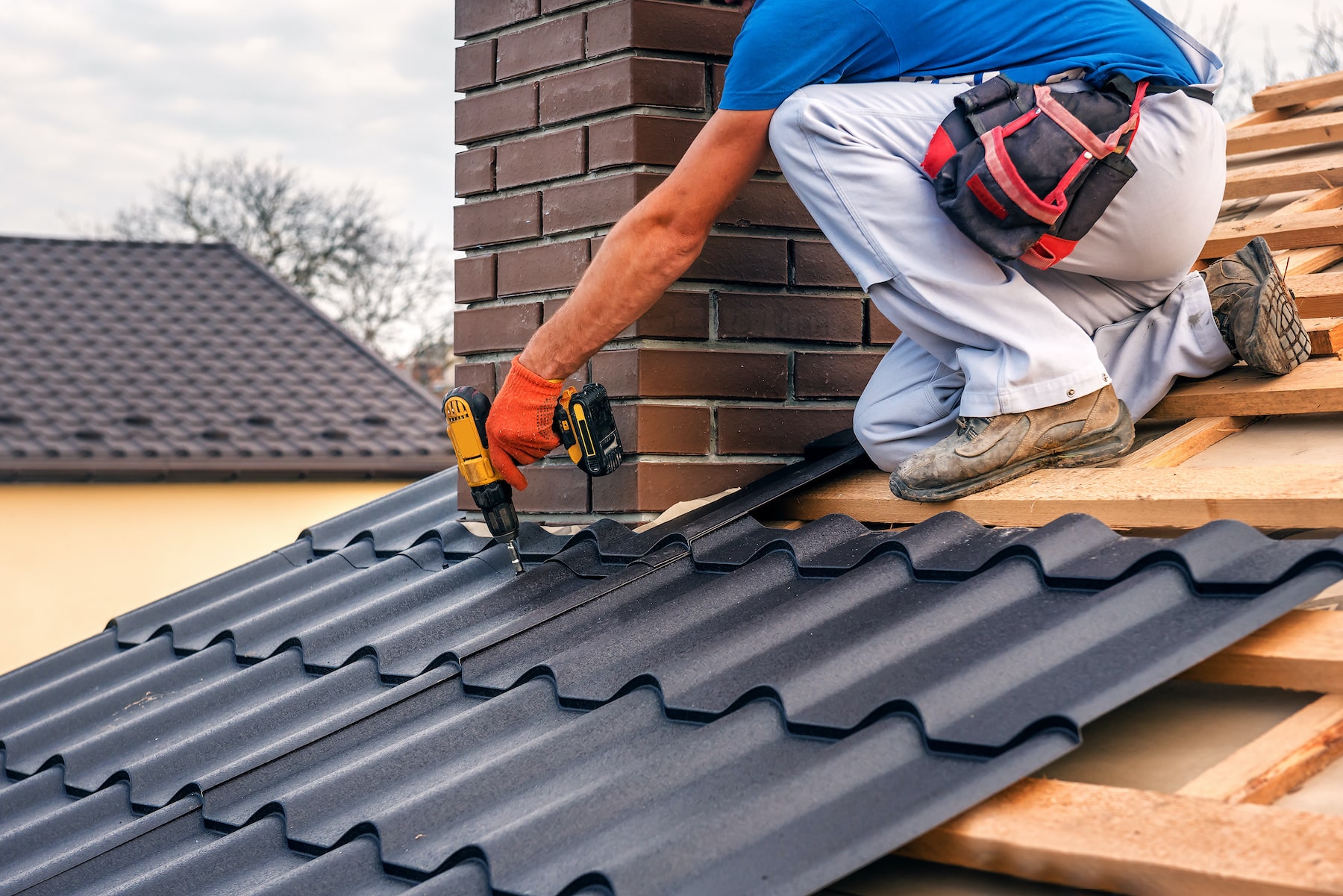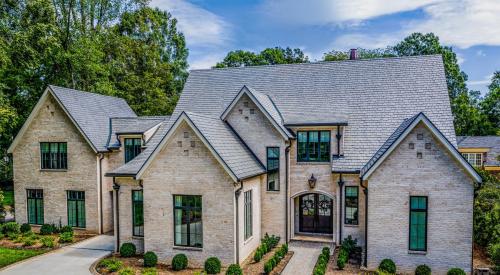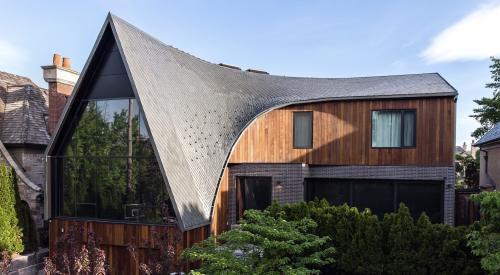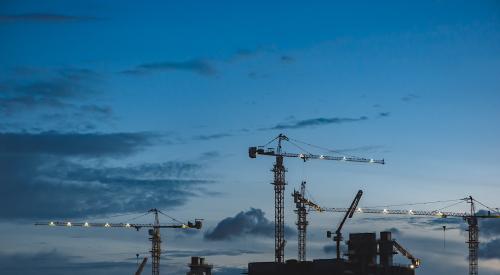Metal roofs, composite decking, fiber-cement siding, smaller windows, and steel are among the adjustment home builders are using to add resiliency and give buyers some hope that their property can stand up to a fire.
Oregon’s dry, hot summer and concern about another devastating wildfire season are motivating many people to focus on fire preparedness to reduce the vulnerability of their homes and community. Coexisting with the fear of fire means making compromises when building a new house, or extensively retrofitting an existing one.
Since flames move faster and hotter uphill, some owners opt to build on level ground, forfeiting the best view higher up the slope. Expansive windows are sometimes sacrificed for smaller, more fire-wise, insulated window panes. And selecting a steel structure that can withstand more heat than a wood frame costs more and requires specific construction expertise.
Owners who want a fire-smart, corrugated metal roof are sometimes rebuffed by restrictions in communities that don’t like the modern look but do allow other types of class “A” fire-rated materials such as clay and cement tiles, asphalt and composite shingles, and slate.
Kelly Webb of AK Webb Remodeling & Construction in Salem, Ore., had a client once had a wood deck that extended almost to the river. Now, there’s a concrete patio where no dry leaves can collect underneath and potentially feed a fire.











